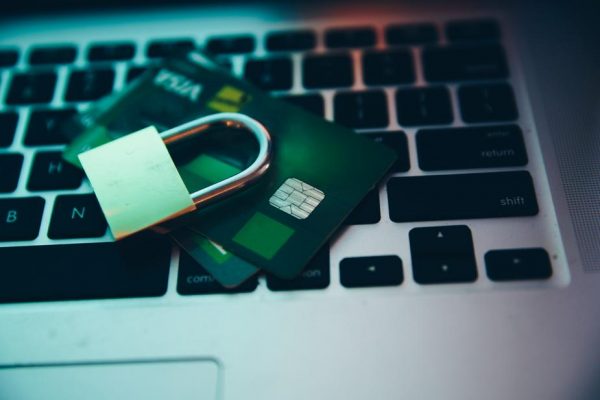Fraud prevention solution is no longer an optional tool, but a crucial implementation to protect your online business from malicious fraudsters. With the advancement in technology, there are lots of tools and methods available on the web that fraudsters can easily access for fraud perpetration. Hence, manually reviewing every order is no longer practical nowadays, it’s far more complicated than you can imagine. For instance, you couldn’t tell if a user is using an anonymous proxy by just looking at the IP address, or you won’t even know if they have signed up using disposable emails, and so on. These are common fraud patterns, and you definitely need a tool to unveil them. You should install a fraud prevention solution from any providers as some protection is better than none. You can sign up for FraudLabs Pro Fraud Prevention solution, an advanced solution that offers you free 500 order validations per month.
FraudLabs Pro has been in the market for more than 10 years, and has been used by thousands of merchants for fraud detection on all major e-commerce platforms. One of the key features that distinguish us from other players is that we have a comprehensive set of validation rules. Why are validation rules important? We believe that there is no one-size-fits-all fraud prevention solution. Every business is unique even though they are in the same industry selling the same products. They might have different risk appetite, different marketing strategy or different target audiences. This is where the fraud validation rules fit into the picture.
In the default installation, FraudLabs Pro has pre-configured 5 commonly used validation rules as below:
- Manual review the order if the calculated fraud score greater than 70.
- Manual review the order if the billing country is not equal to shipping country.
- Manual review the order if the visitor’s IP was found to be using anonymous proxy for browsing.
- Reject the order if the email address was found in the blacklisted record.
- Reject the order if the visitor IP address was found in the blacklisted record.
The above configuration should be sufficient for you to start using our fraud prevention solution. The score of 70 is our recommended threshold to determine the potential fraud orders. For the first few months, you should manually review all orders exceeding this threshold if they are legitimate orders, with the help from the insight report provided by our system. During this period, you should familiarize yourself with the common fraud patterns found, and ascertain the optimum fraud score to be used in your business environment. To begin with, you can check on the transaction velocity, for example, the average transactions or amount processed within 24 hours. From our statistic, approx 45.41% of merchants used the velocity rules to detect unusual purchasing pattern. Out of these numbers, the IP velocity check is the most popular velocity rule (31.93%), followed by email velocity check (26.05%) then credit card velocity check (22.69%).
For the fraud score perspective, most of our merchants continue using the default 70 as their threshold. Some may adjust a few points from this recommended value according to their risk tolerance, but not too far from the average. However, the Memberships and Subscriptions industry is one exception with 62 being the average threshold recorded. By lowering the score, it means more orders will be flagged for manual reviews. In other words, this also means a more stringent check was performed against these orders. It is not hard to guess the reason behind this decision; the digital subscriptions, memberships or licenses will usually cost the merchants instant losses if the fraudulent orders were released, especially those licenses that are irrevocable.
Credit Card Issuer Country is another validation rule you may want to consider adding into your profile. This rule has been used by approx 9.54% of our merchants to filter the orders for review, especially in cases where the billing country is not the same as the card issuer country.
Anyway, the above are just some quick tips on the validation rules configuration, and there are other resources you may want to check out to further enhance your protection.
Ready to start with FraudLabs Pro?
Get Micro plan for free, you can quickly explore and integrate with our fraud prevention solution in minutes.
